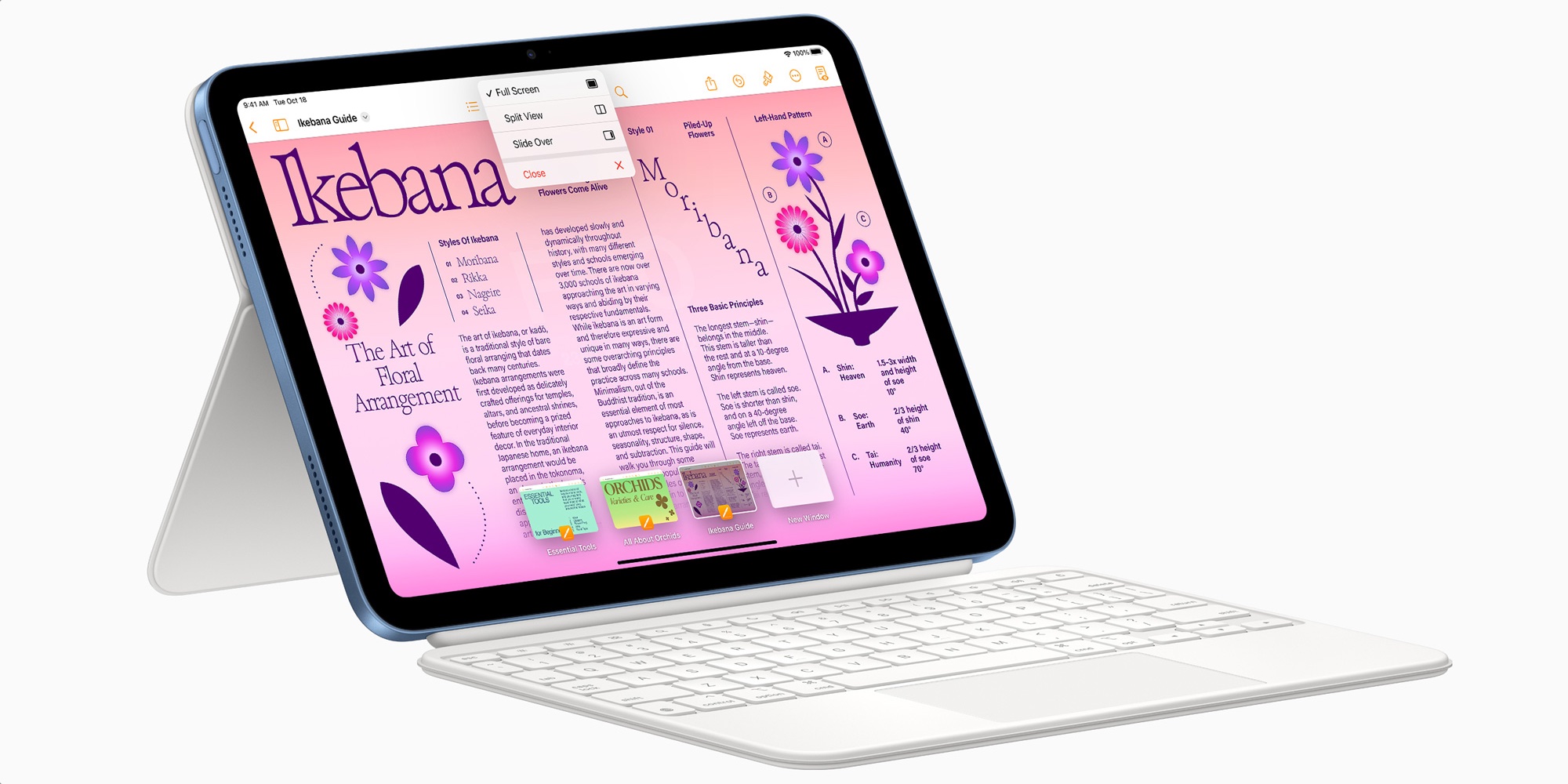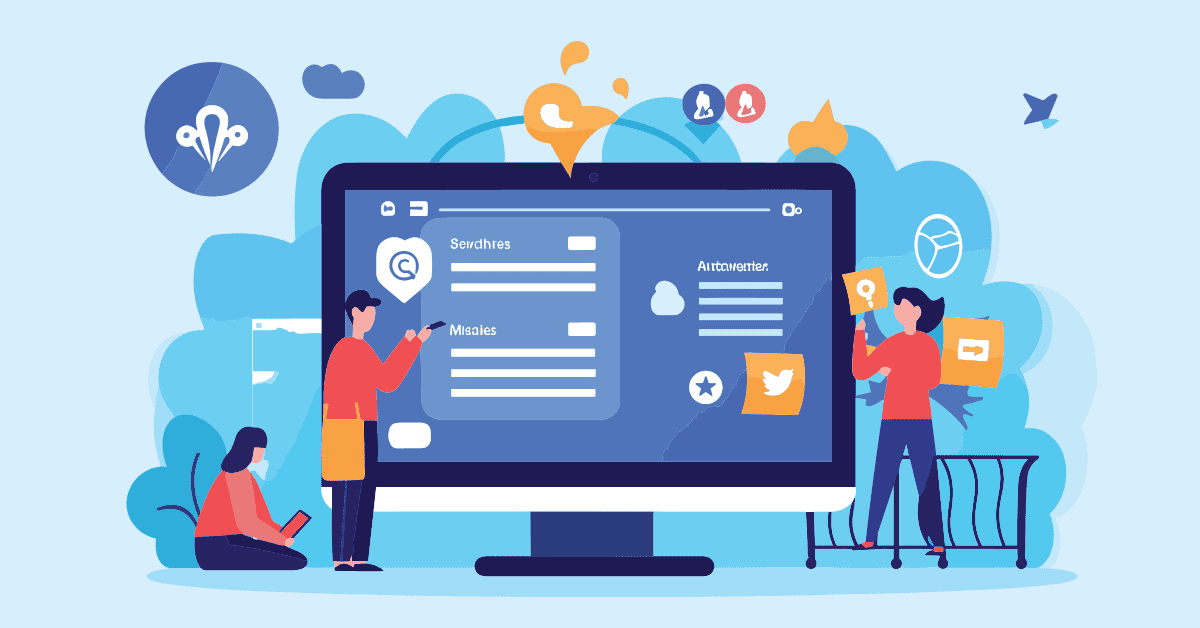Products are like stories. They have a beginning, a middle, and, if you are lucky, a few unexpected twists to keep things interesting.
But, navigating a product’s journey is rarely a smooth ride.
There is the thrill of the launch, the hustle of scaling, and the challenge of staying fresh as the product matures. And then comes the moment when you might need to let it go, which is never easy.
The good news is that with the right strategies, you can keep your product thriving at every stage. Let’s figure this out together.🌟
How to Manage the Product Life Cycle for Long-Term Success
⏰ 60-Second Summary
- The product life cycle (PLC) tracks a product from launch to decline, helping businesses make informed decisions at each stage
- It includes four phases: introduction, growth, maturity, and decline
- To implement it, define your product and market, identify its lifecycle stage, gather and analyze key data, and take strategic actions
- Tools like streamline the process by tracking progress, goals, and milestones to support product life cycle management
What is the Product Life Cycle?
The product life cycle is the timeline for your product’s journey.
It kicks off when your product hits the market and wraps up when it’s no longer on the shelves. This concept is a key part of product management, helping businesses decide when to boost marketing efforts, reduce production costs, adjust prices, explore new markets, or refresh the product’s look to keep it competitive.
Importance of understanding the product life cycle for business success
Understanding the product life cycle is like having a cheat sheet for your product’s success. Here’s why it’s a big deal:
💸 Save your budget: It informs you when to spend wisely at each stage and avoid throwing cash where it won’t work
🤝Spot new opportunities: It’s your guide to finding fresh markets or new customers at the right time
🏁 Stay ahead of the game: It helps you make the right moves before competitors can take advantage of the same opportunities
💰 Make more money: By adjusting your strategies at the right time, you squeeze out maximum profits before the buzz fades
⚙️ Optimize resource use: You know how to allocate time, energy, and funds efficiently. This avoids over-investing when it’s not needed
What is Product Life Cycle Management?
Product life cycle management (PLCM) is a strategic process of managing a product from its inception to its retirement. It involves knowing what to do at each stage to keep your product fresh, profitable, and in demand.
🚫What PLCM is not?
- Just about tools: It requires strategy and context, not just tools
- One-size-fits-all: PLCM must be tailored to each product, market, and business
- Set-it-and-forget-it: Ongoing monitoring and refinement are crucial after launch
- Resisting change: Adapting to market shifts is essential
- Ignoring customer needs: Focus on how customers interact with the product
- Gut-feeling decisions: Rely on data-driven insights, not just intuition
🧠 Fun Fact: The idea of managing a product’s life in stages started in 1931. But it wasn’t until 1957 that Booz Allen Hamilton introduced the five-step product life cycle: introduction, growth, maturity, saturation, and decline.
The Four Stages of the Product Life Cycle
Each product life cycle stage is at the core of product life cycle management principles and comes with distinct characteristics and challenges. Here’s a breakdown that will help improve your product life cycle stage strategy:
1. Introduction stage 📣
The market introduction stage is where your product and brand presence is new, fresh, and stepping into the market spotlight.
🤔 What happens here:
- You’re spending significantly on development, ads, and getting people to notice you
- Profits? Not yet. It’s all about grabbing attention
- Early adopters might give it a shot, but mass adoption is a work in progress
⚠️ Challenges:
- Convincing specific customer segments why they need your product
- Building trust when no one knows you yet
- Managing those sky-high expenses
📌 Example: The launch of the first iPhone in 2007. Apple had to educate people on what a ‘smartphone’ was. Now, we can’t live without them.
2. Growth stage 📈
Your product is gaining momentum—sales are climbing, and people are talking.
🤔 What happens here:
- The rapid market growth period where sales are zooming up, and you’re finally capturing market share
- Competitors enter, saying, “Hey, we can do that too”
- You focus on making your product even smarter and expanding your audience
⚠️ Challenges:
- Staying ahead of the competition
- Scaling up without losing quality or running out of resources
- Managing all that attention—good and bad
📌 Example: Remember when streaming services exploded? Netflix was the star, but then Hulu, Disney+, and everyone else jumped on the bandwagon.
3. Maturity stage 🔄
Your product has hit its peak of market acceptance and market saturation. It’s widely known and making good money, but growth is slowing.
🤔 What happens in the market maturity phase:
- You’re still reaping profits, but growth has plateaued
- Competitors start copying you, slashing prices, or offering slightly better versions
- You’re working hard to keep your customers happy and loyal
⚠️ Challenges:
- Fighting off competition without constantly dropping prices
- Keeping your product exciting (even when it’s not) with creative advertising strategies
- Knowing when to innovate and when to stick with what’s already working and maximize its success
📌 Example: Whether it’s a Keurig, Nespresso, or regular drip, coffee makers are reliable, but there’s no groundbreaking change happening anymore. It’s all about the little upgrades, like Wi-Fi or single-serve pods.
4. Decline stage 📉
The glory days are over. Your product’s hanging on, but new trends or tech have stolen the spotlight.
🤔 What happens in the decline stage:
- Sales? Down. Profits? Meh. It’s getting harder to justify keeping it around
- You can either phase it out, find a niche audience, or reinvent the product entirely
- Marketing is minimal—why throw money at something that’s fading
⚠️ Challenges:
- Deciding whether to let go or keep fighting for your existing customers
- Handling declining customer interest without looking desperate
- Finding ways to cut costs without cutting corners
📌 Example: MP3 players, like the iPod, were once a must-have. With smartphones able to do everything, the MP3 player has been slowly phased out, collecting dust in drawers.
Why is the Product Life Cycle Helpful for Marketers?
The product life cycle helps product management and marketing professionals know exactly where a product stands, identify key product management challenges at each stage, and craft appropriate responses.
Here’s why a product life cycle map is helpful:
- Tailored marketing: Each stage demands unique marketing efforts. In the intro phase, focus on spreading the word. In maturity, highlight why the product is still the best or introduce fresh updates
- Budget efficiency: Allocate budgets wisely. Spend big during growth to stand out, and scale back in decline while focusing on loyal customers
- Product tweaks: Revitalize or pivot declining products, using lessons from earlier stages to improve future launches
- Stay ahead of the competition: Differentiate during growth and outsmart competitors in the maturity phase by refining strategies for similar offerings
Implementing Product Life Cycle Analysis
Do you find it challenging to keep track of where your product stands at every stage? Without the right insights, it’s easy to miss key trends, which can slow you down.
To manage the product life cycle effectively, you need tools that help you track progress, stay organized, and collaborate with your team. You need customizable dashboards, task management, project tracking, and smooth team collaboration.
That’s where comes in as the everything app for work. It brings all these tools together in one platform, making it easy to oversee every phase of your product’s journey. From launch to full growth, maturity, and decline, ’s Product Management Software keeps everything on track so you can make smarter, more informed decisions.
1. Define the product and market
First, know exactly what product you’re talking about and who your target market is.
Defining this upfront ensures the whole PLC analysis is on point. After all, you can’t figure out where your product is in the lifecycle if you’re not clear on what it is and who you’re selling it to.
🎯 To do it effectively:
- Be specific: Go beyond broad categories like ‘tech lovers’ and focus on niches like ‘tech enthusiasts into wearable fitness devices’
- Stay flexible: Be open to refining your target audience as new data and insights come in
- Create buyer personas: Include details like age, gender, job title, interests, challenges, and purchasing habits to guide product positioning and strategy
Use Docs to create a document titled ‘Target Audience Personas’ where you and your team can collaboratively add details about each persona.

As new data comes in, you can easily update and refine the personas in one place, keeping everything aligned and accessible.
also comes with multiple customizable and ready-to-use product management templates that save you time and effort in setting up your processes.
The Product Roadmap Template gives you a bird-eye view of your entire product development process. Product managers, developers, and marketers can work together in real time to bring your product marketing plan to life.
Imagine launching a new feature for your app. Use Custom Task Statuses in to track each step and know exactly where everything stands:
- Not Doing: The tasks haven’t started yet, like brainstorming ideas for the new feature
- Scoping: The tasks are being defined, such as gathering specifications for the feature
- In QA Review: The tasks are in the quality assurance phase, ensuring everything works smoothly before the release
This active tracking helps you stay on top of your project’s progress.
2. Identify the stages your product is in
This helps determine which product management strategies to apply—whether it’s going all-in on marketing and distribution channels or starting to think about innovation.
🎯 To do it effectively:
- Look at sales trends: A rapid increase suggests ‘growth’; plateauing sales indicate ‘maturity
- Evaluate customer interest: Excitement about updates points to ‘growth’ or ‘maturity’; disinterest suggests ‘decline’
- Assess the competition: New competitors mean ‘growth’; heavy competition signals ‘maturity’
Goals can be a game-changer here.
- Track Milestones: Set goals for each product stage and track progress using Milestones. For example, during the growth phase, you can set a sales target and monitor how close you are to hitting it
- Measure KPIs: Use to set measurable KPIs (e.g., sales numbers, customer engagement) to determine if your product is in growth, maturity, or decline


3. Gather data
The goal here is to gather as much information as possible to understand how your product is performing.
📊 What data to gather?
- Sales numbers: Units sold and growth trends over time
- Customer feedback: Qualitative (reviews, surveys) and quantitative (satisfaction ratings) data
- Market trends: New technologies, shifts in consumer behavior, or emerging competitors
- Competitor activity: Competitor releases, features, and campaigns
🎯 To do it effectively:
- Use multiple data sources like reviews, sales, competitor activity, and market research for a complete view
- Stay current by collecting up-to-date data to spot emerging trends
- Segment your data by customer groups (age, location) to uncover insights and target marketing effectively
4. Analyze data and trends
You have the raw data. Now, let’s make sense of it to understand what’s going on with your product.
🎯 To do it effectively:
- Compare historical data to assess if things are improving or declining
- Focus on key metrics like conversion rates, customer lifetime value, and churn rates for a clear product snapshot
- Look for outliers to uncover hidden insights that can inform smart decisions
- Make it visual with charts, graphs, and dashboards to simplify complex trends
- Check different time frames to spot short-term flukes or longer-term red flags
Use Dashboards to bring all this data together in one view, giving you an easy way to analyze and stay on top of everything.


Here’s how it helps:
- Add line or bar charts to your Dashboard to track your product’s sales over time
- Filter data by regions or customer segments to gain deeper insights
- Create custom cards to monitor sentiment, average ratings, or feedback trends from customer surveys
- Add cards and metrics to track competitor launches, product updates, and campaign
5. Develop strategic actions
Based on what you’ve gathered, it’s time to get strategic. Your actions will vary depending on the product’s development stage, so tailor your strategy accordingly.
Here are some actions to consider:
| Introduction | 1. Launch with ads, social media, influencer collaborations, or a quirky stunt to grab attention 2. Explain your product’s benefits and uniqueness through blogs, explainer videos, and demos 3. Attract early adopters with discounts, free trials, or limited-time offers and build credibility with testimonials |
| Growth | 1. Ramp up marketing and spread the word 2. Explore new markets or audiences 3. Listen to customer feedback for valuable insights 4. Make small tweaks to turn your product into a must-have |
| Maturity | 1. Keep things fresh with new features, special editions, or exclusive offers 2. Streamline operations by cutting costs, automating, and improving customer service 3. Reward loyal customers with exclusive deals or VIP perks |
| Decline | 1. Revive the product with a fresh campaign, new packaging, or features if there’s potential 2. If it’s time to move on, shift focus to new ideas, or slowly phase it out 3. Even during a market decline, serve a smaller, dedicated audience with tailored offerings |
🎯 To do it effectively:
- Act fast during market decline to avoid stagnation and missed opportunities
- Stay flexible by monitoring results and adjusting strategies as needed
- Prioritize profit by focusing on cost cuts, loyalty, or efficiency in maturity and decline stages
Whether you’re launching, expanding, or pivoting, Tasks allow you to break down strategic actions into clear, manageable tasks.
For example, during the introduction stage, you can create tasks for:


This ensures every action has a clear owner and timeline, so you never miss a crucial step. Team members can also collaborate directly within tasks, attaching files, leaving comments, and tagging other team members.
Further, Whiteboards provide a centralized, interactive space where you can visualize, collaborate, and track your product life cycle progress.


📌 For example:
- During the introduction phase, update your Whiteboard with key milestones like marketing campaigns and customer acquisition goals
- In the growth phase, track feature expansion and user retention by linking sales data to your goals
- In the decline phase, analyze feedback and sales to identify improvements and adjust strategies quickly
With Automations, you can automate alerts to notify your team when a product has entered a new phase (e.g., from a growth stage to a maturity stage). This helps with timely transitions.


📌 For example, when a task marked as ‘Growth’ hits 75% completion, sends an automatic notification to the team to start preparing for maturity strategies.
💡Pro Tip: Use product strategy templates to stay on track with clear goals, actionable steps, and progress tracking for each stage.
Real-World Examples of Products in Different Life Cycle Stages
Here’s a quick look at three product life cycle examples to see how different products in line with emerging technologies are making their mark (or fading out) at various stages.
☎️ Landline phones
Once your lifeline to the world, landlines were bulky but essential. Then came mobile phones with texts, calls, and the internet, making landlines obsolete. Now, they’re mostly for nostalgia or emergencies, deep in the decline phase.
🚗 Electric vehicles (EVs)
EVs are thriving in the growth stage. Sleek designs, zero emissions, and brands like Tesla are driving demand in new markets. While challenges like charging infrastructure persist, the EV revolution is gaining unstoppable momentum.
🤖 Artificial intelligence (AI)
AI has moved from sci-fi to everyday life. From Netflix recommendations to self-driving cars, it’s transforming industries like healthcare and education. With constant advancements, AI isn’t peaking—it’s just getting started.
Best Practices for Leveraging the Product Life Cycle
In product portfolio management, nailing each product phase is key to driving growth and beating the competition. Follow these tips to steer your product to success:
- Monitor your product’s performance continuously: The PLC isn’t static. Track your product’s progress to catch shifts or declines early
- Stay agile and adapt quickly: Adapt quickly based on feedback or market changes. Test ideas before fully committing to staying competitive
- Stay customer-centric: In maturity, focus on feedback to improve, add features, or remove outdated ones, keeping your product relevant
Keep Your Product Thriving at Every Stage with
Managing a product life cycle can be overwhelming. Without the right tools, your teams can quickly lose focus.
With Tasks, you can break down your product’s life cycle into manageable tasks. Dashboards provide a real-time overview of your product’s stages, helping you monitor everything from launch to decline.
Not only that, ’s library of templates lets you hit the ground running, so you don’t have to waste time setting up each phase of your product life cycle.
Ready to take control of your product life cycle? Sign up for today! 🙌


Everything you need to stay organized and get work done.












